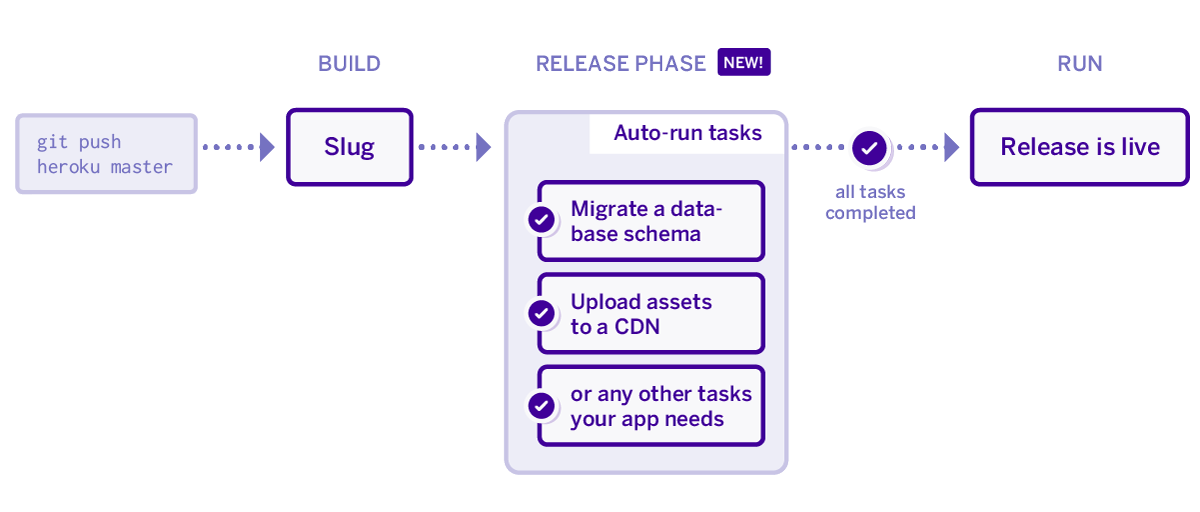

I re-read the Heroku JVM tuning article and realize, the JVM might be mis-lead because we’re running in a container. This leads me to think, does the JVM really knows how much memory we’ve got ? If I’ve got a R14, the usage wasn’t reduced overnight.
#Metabase heroku full#
I’ve tuned quite a few so far, but I’ve noticed that the JVM is reluctant to perform a full GC even when nobody is using the application. It’s not a big deal, but I guess it will have to become a second story. Akka Http comes with a nice feature, akka-streams. Since Play 2.6, the framework started to support Akka Http. This is hardly something configuration can help. The dominating issue is, of course, loading the large json objects and serialize them in memory.

fork-join-executor Serialize large Json array It turns out I’ve used my testing parameter for deploy to Heroku. Being reactive means we’d need to create a lot of Futures in the codes. It’s so many that it ranked first on the jmap class list by bytes. In my case, the first issue that pops up is, I’ve got tons of ForkJoinTask created. It does tell me something very important. You may later analyzed it with eclipse MAT.
#Metabase heroku download#
It can also used to extract heap dump and download it to local. Jmap is also very handy as it can be used to get the detailed heap usage, so that you know, which class uses the most memory. My observation shows the number of loaded classes is rather stable after multiple loads of the problematic API. Set something like -XX:MaxPermSize=128m to make sure it doesn’t grow too high. If the number doesn’t stop growing, you may be having class memory leak that could possibly be caused by dynamic proxy. Jconsole provides good visual overview on what’s been used. This give you access to the below command heroku java:jconsole heroku java:visualvm heroku java:jmap heroku java:jstack
#Metabase heroku install#
Let’s install Heroku’s java debug plugin. The above does’t provide much insights, more like a confirmation of the truth. If you don’t set a limit, it may grow beyond what physical memory you have.

Take metaspace for example, this was introduced in Java 8, and the default is your virtual memory. There’re metaspace and the other non heap memory used by JVM. Wait, isn’t Heroku configured default mx (maximum heap size) to be 300mb ? How is this possible my application used more than 512mb of memory ? So long as the number exceeds memory_quota, R14 will be raised and your application will start using swap. T08:20:12.324796+00:00 heroku: source=web.1 dyno=heroku.xxxxxxxx sample# memory_total=491.32MB sample#memory_rss=491.20MB sample#memory_cache=0.12MB sample#memory_swap=0.00MB sample#memory_pgpgin=176221pages sample#memory_pgpgout=50442pages sample#memory_quota=512.00MBĪmong all, I’m more concerned about the memory_total. The log metrics will constantly print log message like the below. heroku labs:enable log-runtime-metrics Enabling log-runtime-metrics for myapp.

We need to know what’s causing the issue first.įirst, use the below to enable log metrics. It only makes sense to put efforts on the correct direction.


 0 kommentar(er)
0 kommentar(er)
